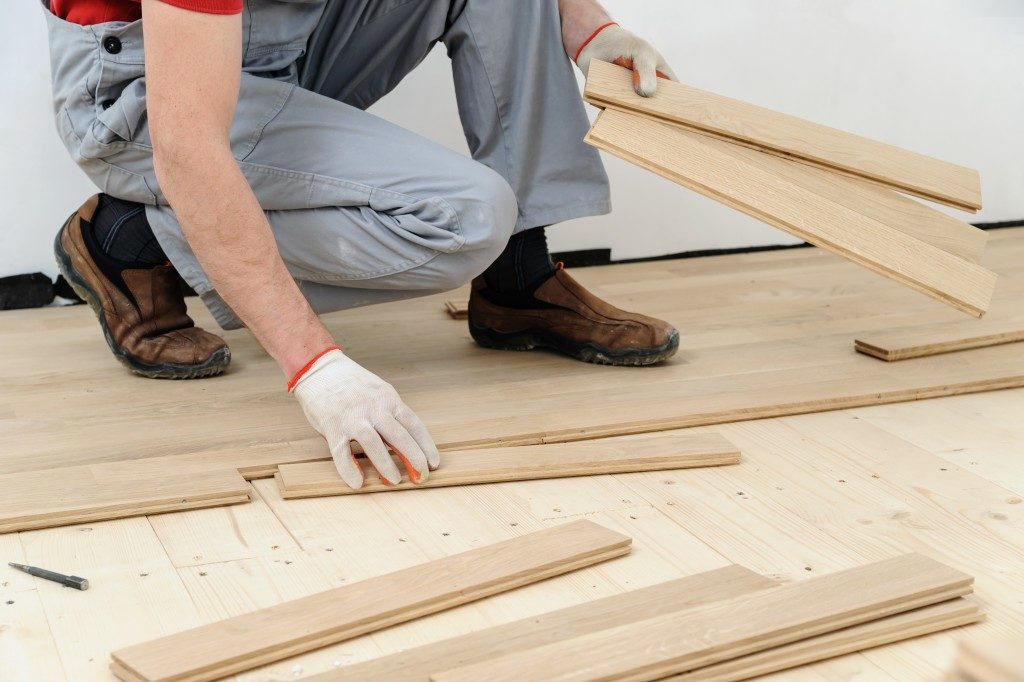The most common of these alternatives is vinyl flooring in Santa Ana properties. Even so, the repair and maintenance of hardwood flooring are far from expensive with the right products in place. One of these is a wood filler. It is used in the gaps between your wooden floor’s planks or tiles. Here, it prevents the infiltration of moisture into the wooden floor that would cause the rotting of wood and detach the floor from its substrate. Wood fillers are also used in the repair of cracks and holes in wooden floors. Here are the wood filler types that can enhance the durability and performance of your floors.
Latex Filler
This is a water-based low-VOC product that is the most popular product used for wood filling. It comes in diverse colors to match every wood species and discreetly seal off weak spots in floors. Latex wood fillers generate a strong water bond with floors because they contain no adhesives. Though it provides exceptional protection for your wooden floors, a latex filler is quite labor- and time-intensive to correctly apply. It also has a high shrink rate that calls for the use of considerable filler amounts to guarantee optimal floor protection.
Pre-Finished Filler
This is a somewhat new product that has still not gained so much popularity. Most people steer clear of it because it is expensive, might get ruined when exposed to freezing temperatures, and should be applied fast to avert its drying out. Pre-finished fillers are used on finished wood floors and contain the same components as latex fillers, but the water in the latter is replaced with satin polyurethane. As such, its color remains the same after application and drying, and the product has a low shrink rate.

Painter’s Putty
This is a wood filler that is used in between oil-modified polyurethane coats when finishing your wooden floors. Painter’s putty does not have to be coated after its application, like other filler alternatives. It, unfortunately, collects a lot of dirt when used in light colors and might thus not be the ideal choice for high-traffic sections.
Epoxy Filler
This is made of a resin and a hardener. The filler sets quickly and is primarily used to fill knots on wooden floors. It, however, is not as commonly used because it is costly and emits odors that might make your property uncomfortable. Moreover, an epoxy filler has some traces of VOC.
The above wood fillers will undoubtedly change the look of wooden floors on your property. Even so, before investing in one, get a professional’s opinion on what will work best for your floors. The ideal choice is dependent on the climatic conditions the floor is exposed to, your budget, and the traffic level on the floor.


















